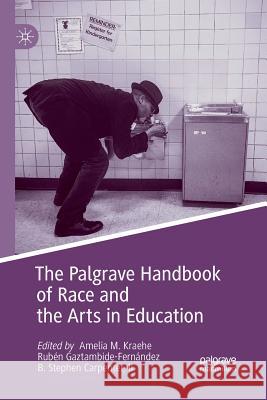The Palgrave Handbook of Race and the Arts in Education » książka
topmenu
The Palgrave Handbook of Race and the Arts in Education
ISBN-13: 9783030097356 / Angielski / Miękka / 2019 / 599 str.
Kategorie:
Kategorie BISAC:
Wydawca:
Palgrave MacMillan
Język:
Angielski
ISBN-13:
9783030097356
Rok wydania:
2019
Wydanie:
Softcover Repri
Ilość stron:
599
Waga:
0.85 kg
Wymiary:
23.39 x 15.6 x 3.2
Oprawa:
Miękka
Wolumenów:
01
Dodatkowe informacje:
Wydanie ilustrowane











